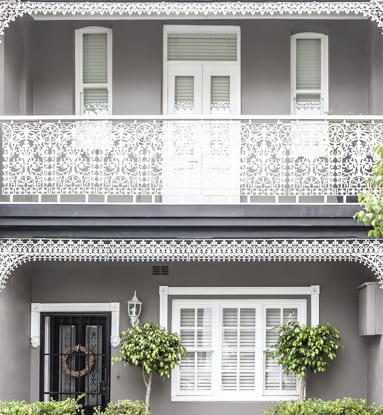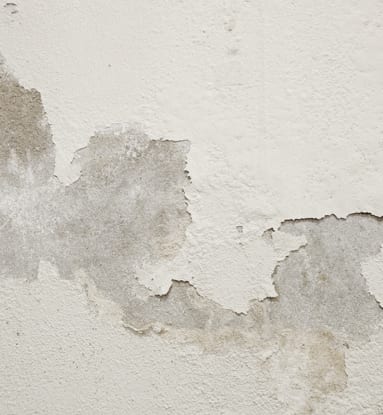What causes rising damp?

Rising Damp in buildings occurs when water from the ground rises up through the bricks and mortar of a building by capillary action.
To give a comparison, imagine a sponge sitting in your sink soaking up water, now think of that in your walls! in simple terms, that is what Rising Damp is; the water rises up the porous wall of a building and is absorbed like a sponge absorbs water. If left untreated, the water evaporates, and more is soaked up from the ground, resulting in an ever-increasing Rising Damp problem.
Sounds horrible right? Well, it gets worse! As you can imagine, the water that is soaked up from the ground is not nice, fresh clean water, it’s dirty, smelly water that ends up stuck in your walls and as most of us know, water damage is probably the worst things that can happen to a home. Well that and termites!
Preventing Rising Damp or curing the problem entirely is a must if you want to keep the value of your property intact and also protect your family and the people you care about from the health risks associated with Rising Damp.
Here are some tips to help you figure out if you might have a Rising Damp problem in your home:
Is your home made from either Brick, Sandstone or Mortar? If no, it’s not very likely that your issue is Rising Damp, but feel free to give us a call and we can have one of our Rising Damp Technicians contact you or visit your home to test for Rising Damp with our state of the art testing equipment.
If your home is made from one of these 3 materials, here is a quick checklist to help you see if Rising Damp could be creeping up your walls! If you have any of these symptoms below, you probably have Rising Damp and should give Eco Dri a call to book your free on-site Rising Damp Assessment Test.
- The appearance of mould or mildew on walls and floors
- A damp and musty smell
- Walls or floors that feel cold or damp
- Excessive condensation on windows
- Black, green and white mould growth
- Visible damp patches on walls or plaster
- Peeling and blistering of wallpapers and paints
Still need more information, check out our “Top 3 signs of rising damp” article or call us today.






